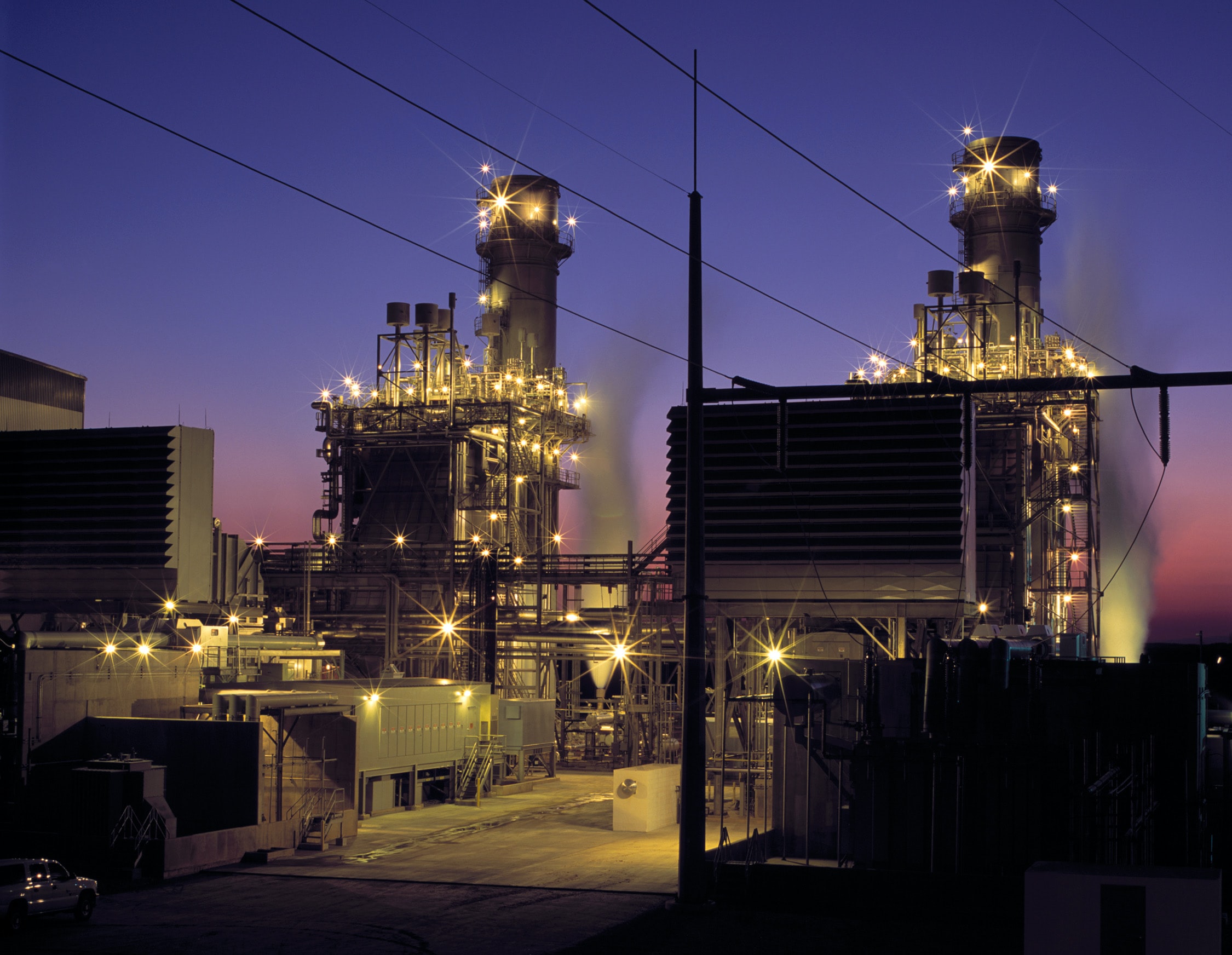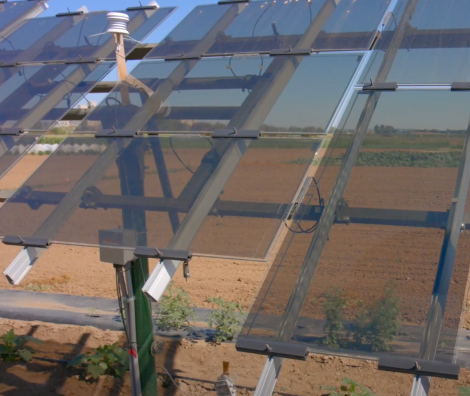In a white paper released this week, project partners Panasonic, Xcel Energy and Younicos lay out the stream of benefits expected from Peña Station NEXT, a 382-acre, sustainabie transit-oriented “multi-stakeholder ‘portfolio microgrid’ under construction adjacent to Denver International Airport (DEN).
 Due to a variety of factors – market regulatory constraints prominent among them – many microgrids are designed for single use cases, such as reducing utility customer peak-period demand charges. In contrast, ambitious Peña Station NEXT solar PV and Li-ion battery-based (LiB) microgrid development partners took a public-private partnership approach that resulted in the design of a multipurpose, multi-use case microgrid that will provide a stream of energy services benefits, the white paper authors highlight.
Due to a variety of factors – market regulatory constraints prominent among them – many microgrids are designed for single use cases, such as reducing utility customer peak-period demand charges. In contrast, ambitious Peña Station NEXT solar PV and Li-ion battery-based (LiB) microgrid development partners took a public-private partnership approach that resulted in the design of a multipurpose, multi-use case microgrid that will provide a stream of energy services benefits, the white paper authors highlight.
“We’re so excited about this ‘portfolio’ microgrid – and sharing insights from the project via this white paper because of how a system such as this can unlock more benefits for more stakeholders, and how this public-private partnership approach to the microgrid and the battery system’s stacked use cases can strengthen the overall economics and value propositions,” Panasonic’s Peter Bronski, a report co-author, said in a press statement.
Deriving Full Value via Multipurpose Microgrids
Located in a major Denver transportation hub adjacent to DIA, the 382-acre sustainable transit-oriented microgrid development links downtown Denver with the city’s airport. Peña Station NEXT, the white paper development partners explain, will serve as an “anchor” for an emerging “’live, work, play’ aerotropolis…a proving ground for diverse smart and sustainable technologies before broader deployment.” It’s also the first major North American development to incorporate Panasonic’s global Smart City experience, they add.
One of the beauties of battery energy storage-based microgrids is their flexibility – they can support multiple service and revenue streams, from renewable energy-grid integration and emergency, “island” mode autonomous power generation and distribution to frequency and voltage regulation, peak shaving and load shifting. That flexibility – so-called energy services stacking – also poses challenges, however.

Determining what’s desired, what’s possible, what’s viable and what can actually be accomplished during any given microgrid project development in any given time frame becomes progressively more complicated and complex as the number of envisioned microgrid energy services, project partners and other stakeholders increases.
Rocky Mountain Institute (RMI) zoomed in on energy services provision flexibility in the “The Economics of Battery Energy Storage.” Released in Oct. 2015, RMI lays out 13 distinct services advanced battery storage systems offer utilities, consumers and society. More to the point, RMI said they are economic and cost-effective today.
“Most batteries today are deployed for a single, primary purpose, such as demand charge bill reductions for commercial utility customers,” report co-author Jesse Morris, a manager with RMI’s electricity practice, explained.
“Delivering that primary service only uses the battery five to 50% of the time. That’s like building a hotel and only selling up to half the rooms. You’re under-utilizing the asset and leaving tremendous potential value on the table.”
Peña Station NEXT: Microgrids, Sustainable Communities and Transit<strong
Peña Station NEXT’s “portfolio microgrid” incorporates a 1.6 MWdc solar PV carport system owned and operated by Xcel Energy under a lease with DIA, a 259 kWdc solar PV array installed on the rooftop of Panasonic Enterprise Solutions Co.’s building and a Younicos 1MW/2MWh LiB system with inverter and controls integrated in the company’s YCube system.

Equipped with an intelligent building energy management system, Panasonic’s Denver operations hub will serve as the microgrid’s initial “anchor” tenant.
In sum, Peña Station NEXT’s solar-storage microgrid will serve five use cases, according to the project partners:
- Solar energy grid integration via solar smoothing ramp control and solar time-shifting;
- Grid peak demand reduction;
- Energy arbitrage;
- Frequency regulation; and
- Back-up power for Panasonic’s network operations center.
“Multi-resource microgrids that serve different use cases, like the one at Peña Station NEXT, are the types of deployments that will transform the grid on both sides of the meter,” Younicos Chief Commercial Officer Jayesh Goyal commented.
“Our Y.Cube system is ideal for this type of commercial application: fully integrated components with batteries, plug-and-play functionality, and intelligent software to handle various control modes – essentially ‘storage in a box’. We’re proud to be part of this forward-looking project.”





